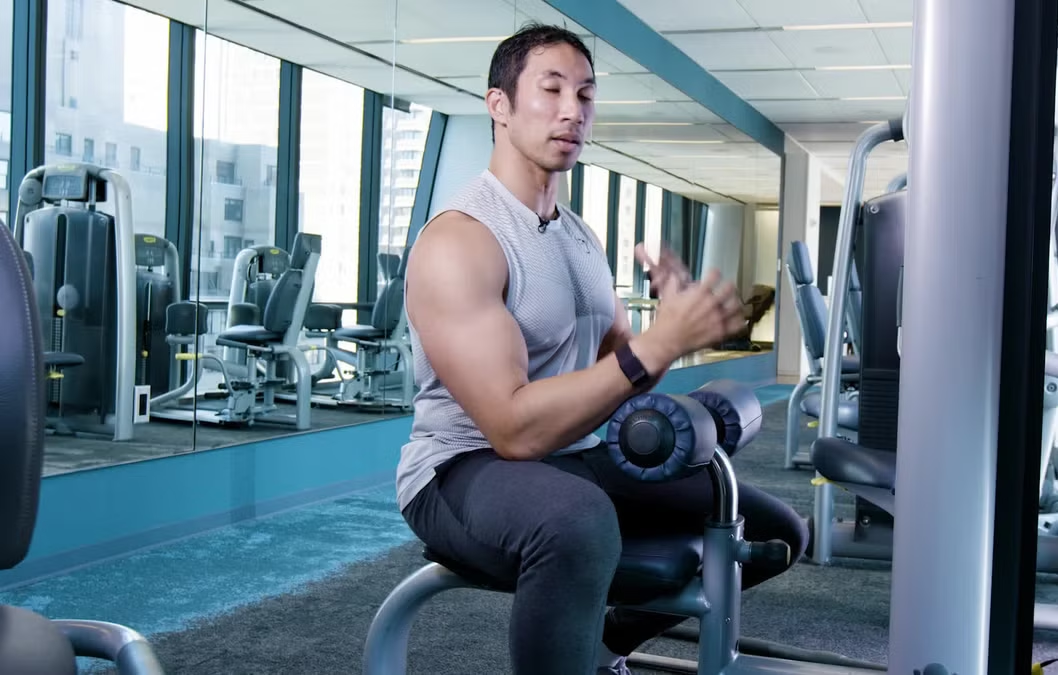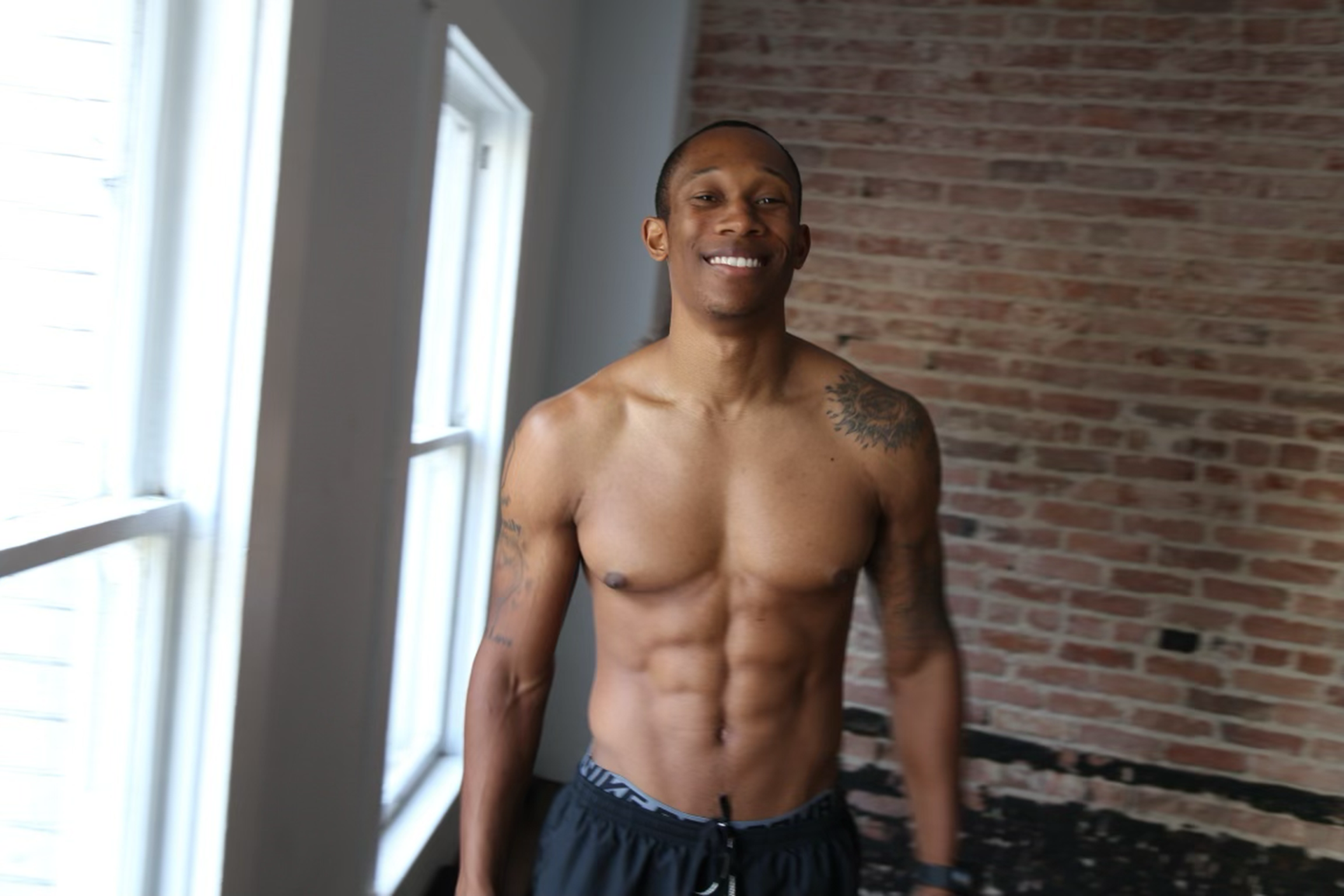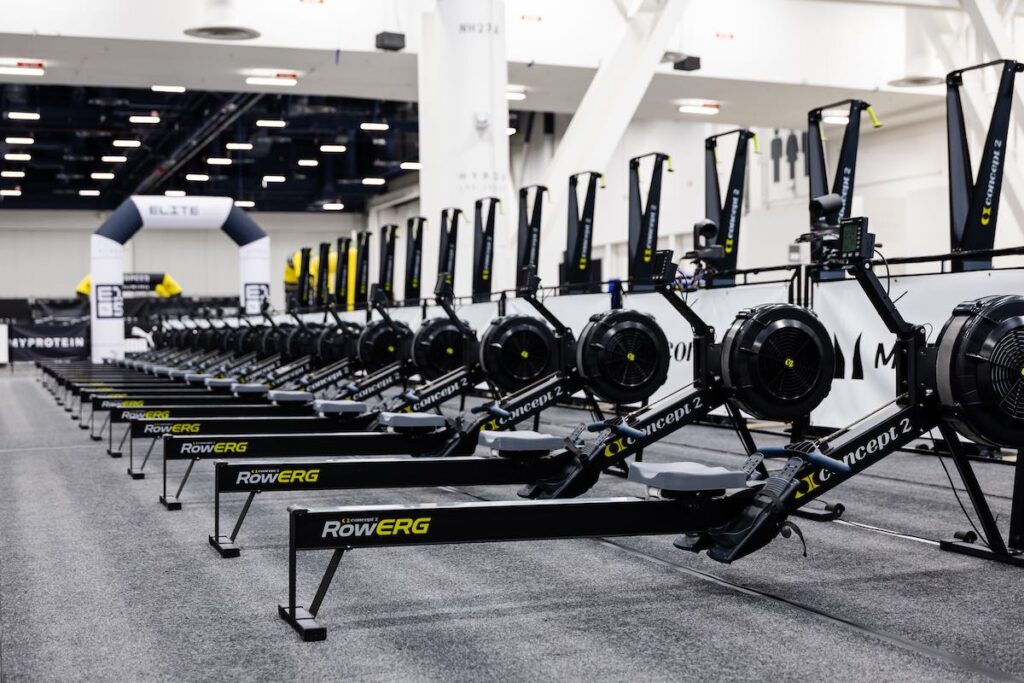Pull day workouts are all about building a strong, balanced upper body by targeting muscles that pull weight toward you, like your back, biceps, and rear delts. Whether you’re a gym newbie or a seasoned lifter, a well-crafted pull day can boost strength, improve posture, and make everyday tasks like carrying groceries feel effortless. This article dives into ten upper body exercises to supercharge your pull day, complete with step-by-step instructions, pro tips, and tools to maximize your gains. Let’s pull some serious strength together!
Why Pull Day Matters
A dedicated pull day strengthens key muscle groups like the lats, traps, rhomboids, and biceps, which are essential for functional fitness and aesthetics. It balances push-focused workouts, preventing imbalances that lead to injuries or poor posture. Plus, who doesn’t want a sculpted back and strong arms?
Benefits of Pull Day Workouts
Pull exercises enhance grip strength, improve spinal stability, and support shoulder health. They also boost athletic performance in sports like swimming or climbing and make daily tasks easier. Consistency is key to seeing results.
Physical and Mental Gains
Beyond building muscle, pull day workouts release endorphins, reduce stress, and boost confidence. There’s something empowering about pulling heavy weight—it’s like telling the world, “I’ve got this!”
Top 10 Upper Body Pull Exercises
These ten exercises target your back, biceps, and rear delts for a well-rounded pull day. Each includes beginner-friendly instructions and modifications to suit all fitness levels. Warm up with dynamic stretches like arm circles or light rows before diving in.
1. Deadlift
The deadlift is a powerhouse compound movement that hits your lats, traps, and lower back while engaging your core and grip. It’s a must-have for any pull day.
- How to Do It: Stand with feet hip-width apart, barbell over midfoot. Hinge at hips, grip the bar, keep your back straight, and pull the bar up to hip level. Lower slowly. Aim for 3-5 reps per set.
- Pro Tip: Engage your lats by imagining you’re squeezing oranges under your armpits at the top.
- Equipment: Barbell or dumbbells for beginners.
2. Pull-Up
Pull-ups are the gold standard for building lats and biceps. They’re tough but rewarding, and you can modify them to match your strength level.
- How to Do It: Hang from a pull-up bar with palms facing away. Pull your chest toward the bar, keeping elbows close to your body. Lower slowly. Do 6-12 reps or as many as possible.
- Pro Tip: Use a resistance band under your feet for assistance if you’re not ready for full pull-ups.
- Equipment: Pull-up bar or assisted pull-up machine.
3. Bent-Over Barbell Row
This classic row builds a thick, strong back by targeting lats, rhomboids, and traps. It’s perfect for adding size and strength.
- How to Do It: Hinge at hips with a barbell, keeping your back at a 45-degree angle. Pull the bar to your lower ribs, then lower slowly. Aim for 8-12 reps.
- Pro Tip: Keep your core braced to avoid rounding your back, which can strain your spine.
- Equipment: Barbell or dumbbells.
4. Dumbbell Single-Arm Row
This unilateral exercise corrects imbalances while hitting your lats, traps, and biceps. It’s great for focusing on one side at a time.
- How to Do It: Place one hand and knee on a bench, holding a dumbbell in the other hand. Pull the dumbbell to your hip, keeping your elbow close. Do 10-15 reps per side.
- Pro Tip: Avoid twisting your torso—keep it square to maximize lat engagement.
- Equipment: Dumbbell and bench.
5. Lat Pulldown
The lat pulldown mimics the pull-up motion but allows for adjustable resistance, making it ideal for beginners or controlled progression.
- How to Do It: Sit at a lat pulldown machine, grip the bar wider than shoulder-width. Pull the bar to your upper chest, then release slowly. Aim for 8-12 reps.
- Pro Tip: Lean back slightly and avoid pulling the bar below your chest to protect your shoulders.
- Equipment: Lat pulldown machine or resistance band with door anchor.
6. Seated Cable Row
This exercise targets the mid-back, rhomboids, and biceps, improving posture and pulling strength. It’s a gym staple for a reason.
- How to Do It: Sit at a cable row machine, feet braced. Pull the handle toward your lower ribs, keeping elbows close. Return slowly. Do 10-12 reps.
- Pro Tip: Squeeze your shoulder blades together at the end of the pull for extra mid-back activation.
- Equipment: Cable machine or resistance band.
7. Face Pull
Face pulls strengthen rear delts and traps, key for shoulder health and posture. They’re a great finisher for pull day.
- How to Do It: Set a cable machine with a rope attachment at face height. Pull the rope toward your face, aiming for your ears. Do 12-15 reps.
- Pro Tip: Keep elbows high and avoid using momentum to ensure proper rear delt activation.
- Equipment: Cable machine or resistance band.
8. Barbell Bicep Curl
This isolation exercise sculpts your biceps while boosting grip strength, complementing compound pull movements.
- How to Do It: Stand with feet shoulder-width apart, holding a barbell with an underhand grip. Curl the bar to shoulder height, then lower slowly. Aim for 10-15 reps.
- Pro Tip: Keep elbows pinned to your sides to avoid cheating with momentum.
- Equipment: Barbell or dumbbells.
9. Hammer Curl
Hammer curls target the biceps and brachialis, adding arm thickness and functional strength for pulling motions.
- How to Do It: Hold dumbbells with palms facing inward. Curl the weights to shoulder height, keeping thumbs up. Do 10-15 reps.
- Pro Tip: Control the descent to maximize time under tension for better muscle growth.
- Equipment: Dumbbells.
10. Inverted Row
This bodyweight exercise builds back and bicep strength using a bar or TRX straps. It’s perfect for home or gym workouts.
- How to Do It: Lie under a low bar or TRX straps, gripping with both hands. Pull your chest to the bar, keeping your body straight. Do 10-15 reps.
- Pro Tip: Adjust difficulty by changing your body angle—lower is harder, higher is easier.
- Equipment: Bar, TRX straps, or sturdy table.
Comparison of Pull Day Exercises
| Exercise | Difficulty | Primary Muscles | Equipment Needed |
|---|---|---|---|
| Deadlift | Intermediate | Lats, traps, lower back | Barbell/dumbbells |
| Pull-Up | Intermediate-Advanced | Lats, biceps | Pull-up bar |
| Bent-Over Row | Intermediate | Lats, rhomboids, traps | Barbell/dumbbells |
| Single-Arm Row | Beginner-Intermediate | Lats, biceps | Dumbbell, bench |
| Lat Pulldown | Beginner | Lats, biceps | Lat pulldown machine |
| Seated Cable Row | Beginner | Mid-back, biceps | Cable machine |
| Face Pull | Beginner | Rear delts, traps | Cable machine/band |
| Barbell Bicep Curl | Beginner | Biceps | Barbell/dumbbells |
| Hammer Curl | Beginner | Biceps, brachialis | Dumbbells |
| Inverted Row | Beginner-Intermediate | Back, biceps | Bar/TRX straps |
Pros and Cons of Pull Day Exercises
- Pros:
- Builds balanced upper body strength and aesthetics.
- Improves posture and reduces injury risk.
- Suitable for all fitness levels with modifications.
- Cons:
- Requires proper form to avoid strain or injury.
- Some exercises need gym equipment, limiting home options.
- Progress can be slow for beginners, especially with pull-ups.
How to Structure Your Pull Day
Start with compound lifts like deadlifts or pull-ups to maximize energy on heavy movements. Follow with rows and isolation exercises like curls. Aim for 3-4 sets of 8-12 reps for hypertrophy or 4-6 reps for strength. Rest 60-90 seconds between sets.
Sample Pull Day Routine
- Deadlift: 3 sets of 5 reps
- Pull-Up: 3 sets of 8-12 reps
- Bent-Over Row: 3 sets of 10 reps
- Seated Cable Row: 3 sets of 12 reps
- Face Pull: 3 sets of 15 reps
- Barbell Bicep Curl: 3 sets of 12 reps
Warm-Up Tips
- Do 5-10 minutes of dynamic stretches like arm swings or cat-cow.
- Perform light sets of your first exercise (e.g., deadlifts with just the bar).
- Use a foam roller to loosen lats and shoulders.
Personal Story: My Pull Day Transformation
When I started lifting, my back was weak, and my posture screamed “desk job.” Pull-ups were my nemesis—I could barely do one without flailing like a fish out of water. I stuck with assisted pull-ups and rows, slowly building strength. Six months later, I hit my first unassisted pull-up, and the feeling was unreal. My back looked better, my arms were stronger, and I stood taller. Pull day became my favorite gym day, and I’m excited for you to feel that same rush!
Safety Tips for Pull Day
Proper form is non-negotiable to avoid injuries like shoulder strains or lower back tweaks. Always warm up, start with lighter weights to master technique, and avoid ego lifting. If you feel pain (not to be confused with muscle burn), stop and reassess.
Common Mistakes to Avoid
- Rounding the Back: Keep your spine neutral during rows and deadlifts.
- Overusing Momentum: Control the weight, don’t swing it.
- Neglecting Warm-Ups: Skipping warm-ups risks strains and poor performance.
Tools and Resources for Pull Day
- Pull-Up Bars: Affordable options like Iron Gym mount in doorways.
- Dumbbells/Barbells: Adjustable sets from Bowflex save space for home gyms.
- Resistance Bands: Great for home workouts or assisted pull-ups; try Fit Simplify.
- Gym Memberships: Chains like Planet Fitness offer access to cable machines and barbells.
- Apps: StrongLifts 5×5 tracks progress and suggests weights.
People Also Ask (PAA)
What muscles does pull day work?
Pull day targets the lats, traps, rhomboids, rear delts, and biceps, with secondary engagement of the core and forearms. These muscles are key for pulling motions and posture.
How often should I do pull day?
Incorporate pull day 1-2 times per week, allowing 48-72 hours of rest between sessions. Pair with push and leg days for a balanced routine.
Can I do pull day at home?
Yes, exercises like inverted rows, dumbbell rows, and resistance band pulldowns work well at home. A pull-up bar or TRX straps expand your options.
Are pull-ups necessary for pull day?
Pull-ups are great but not mandatory. Alternatives like lat pulldowns or inverted rows effectively target similar muscles for beginners or those without a bar.
SEO-Optimized FAQ Section
How long should a pull day workout take?
A pull day workout typically takes 45-60 minutes, including warm-up, 4-6 exercises, and rest periods. Adjust based on your schedule and energy.
Can beginners do pull day exercises?
Yes, beginners can start with lighter weights, resistance bands, or assisted variations like lat pulldowns. Focus on form to build strength safely.
What equipment do I need for pull day?
Basic equipment includes a pull-up bar, dumbbells, or a cable machine. Home workouts can use resistance bands or bodyweight exercises like inverted rows.
How do I progress on pull-ups?
Start with assisted pull-ups using a band or machine, then progress to negatives (slow lowering). Aim for small rep increases weekly.
Can pull day help with posture?
Yes, pull day strengthens back muscles like rhomboids and traps, which pull shoulders back and improve spinal alignment, countering slouching.
Conclusion
A killer pull day builds a strong, sculpted upper body while boosting functional fitness and confidence. These ten exercises—from deadlifts to hammer curls—offer something for every level, whether you’re at home or in the gym. Start light, focus on form, and stay consistent. Your back and biceps will thank you, and you’ll feel unstoppable. Ready to pull your way to strength? Grab a barbell, hit the gym, and let’s get to work!
For more tips, explore workout plans at Bodybuilding.com or follow Jeff Nippard for science-backed lifting advice. Share your favorite pull day move in the comments—I’d love to hear what gets you pumped!



